2019 茶者‘大黄印’熟普洱茶饼 357g
2019 茶者‘大黄印’熟普洱茶饼 357g
无法加载取货服务可用情况
这款异常柔滑的熟普洱茶由2013年采摘的茶叶制成,并于2019年压制成茶饼。与许多其他熟普洱茶不同,这款来自茶者茶厂的产品呈现出温和的特征,带有粥、坚果、奶油和薄荷的愉悦气息。
产品信息
产品信息
- Brand: Chaze Tea Factory
- Year: 2013
- Season: Spring
- Origin: Menghai
- Leaf grade: wild tea leaves
- Varietal (cultivar): large leaf Assamica (Da Ye Zhong)
- Type: pu erh tea
- Weight: 357g
- Type: ripe (shou)
- Series/recipe: Yellow Label (Da Huang Yin)
- Shape: pu erh tea cake
泡法
泡法
How to make this Chaze Yellow label pu erh tea?
There are two methods to prepare this tea:
Gongfu brewing
Brew 5 gram with 100 ml of water at 100 °C. Steep for 15 seconds and gradually increase the steeping time for every next infusion.
Western brewing
Steep 3 gram with 350 ml of water at 100 °C. Apply a brewing time of 3 minutes and add 1 minute for each next infusion.
运输、退货和付款方式
运输、退货和付款方式
收货时间:欧盟内1-10天收货。请访问我们网站底部的运输信息页面查看关于每个国家的估算。
包含进口税:因为我们从欧盟的仓库发货,所以交货时不会向您收取税款。所有的税已经包含在我们的价格中。
免费送货:荷兰与比利时59欧元起免运费。欧盟与英国80欧起元免运费。其他国家100欧元起免运费。
退货:订单可以在30天内退货,以获得退款。产品应在未开封、未使用的情况下退回。
Share
How this ripe pu erh tea is made
-
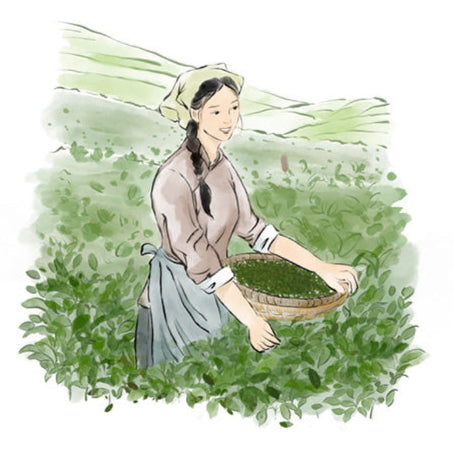
Picking
Tea leaves are hand-picked in the morning.
-

Withering
The leaves are spread on bamboo trays to wither.
-
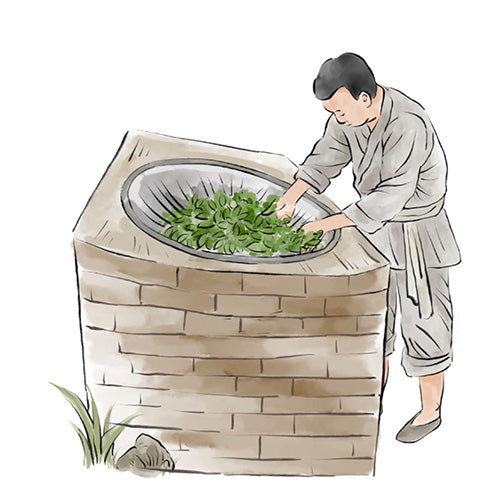
Fixation
The withered leaves are heated to halt oxidation.
-

Rolling
Tea leaves are rolled to release their aroma.
-

Sun drying
Rolled leaves are spread on bamboo mats to sun-dry.
-
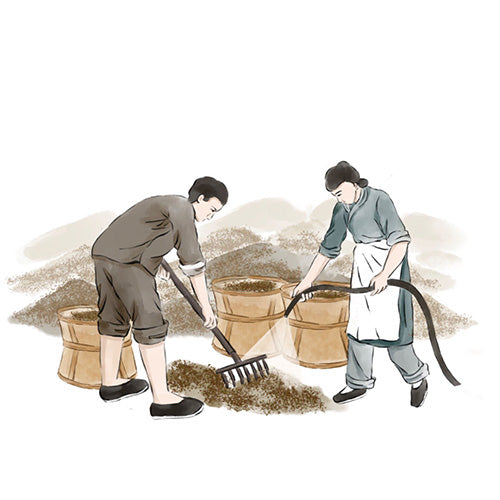
Fermentation
The leaves are post-fermented in a controlled environment.
-
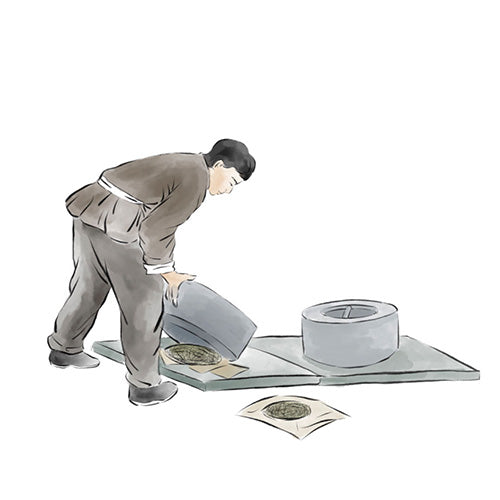
Pressing
The post fermented tea is steamed & compressed.
-
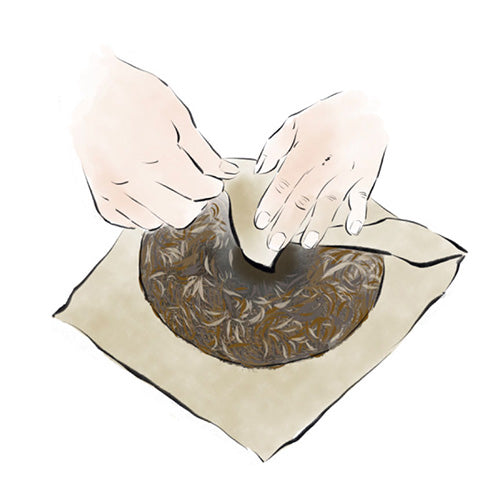
Packaging
The compressed tea is wrapped in paper & packed in boxes.
Not that bad. Not my favorite, but it is quality tea
Brewing: 6g/100ml, 100°C, flash rinse, 30s, 20s, +5s.
Warmed-up dry leaves smell of stone fruit, spices and wood. When wet, the wood intensifies.
The liquor tastes of old wood, stone fruit and caramel. A very complex, yet smooth and clear taste.
Compared to the red label version of this tea, this cake was much drier, suggesting different storage conditions. The first session was underwhelming, so I broke the cake and let the pieces rest for a couple of weeks in a cardboard box, inside a slightly ventilated cupboard. That did the trick and the tea woke up and became spectacular.
It maintains much more woodiness than the red label, where that was converted almost completely into fruitiness, resulting in a different taste profile. It's fascinating that these two teas were produced from the same (or very similar?) batch of loose leaves, at the same factory, in the same year.
It's also nice to see this trend of higher-quality aged shou pu-erh, with clear, smooth and complex taste. I hope the market for it develops enough that more high-quality "big leaf" material gets processed as shou instead of all of it ending up as sheng.



























